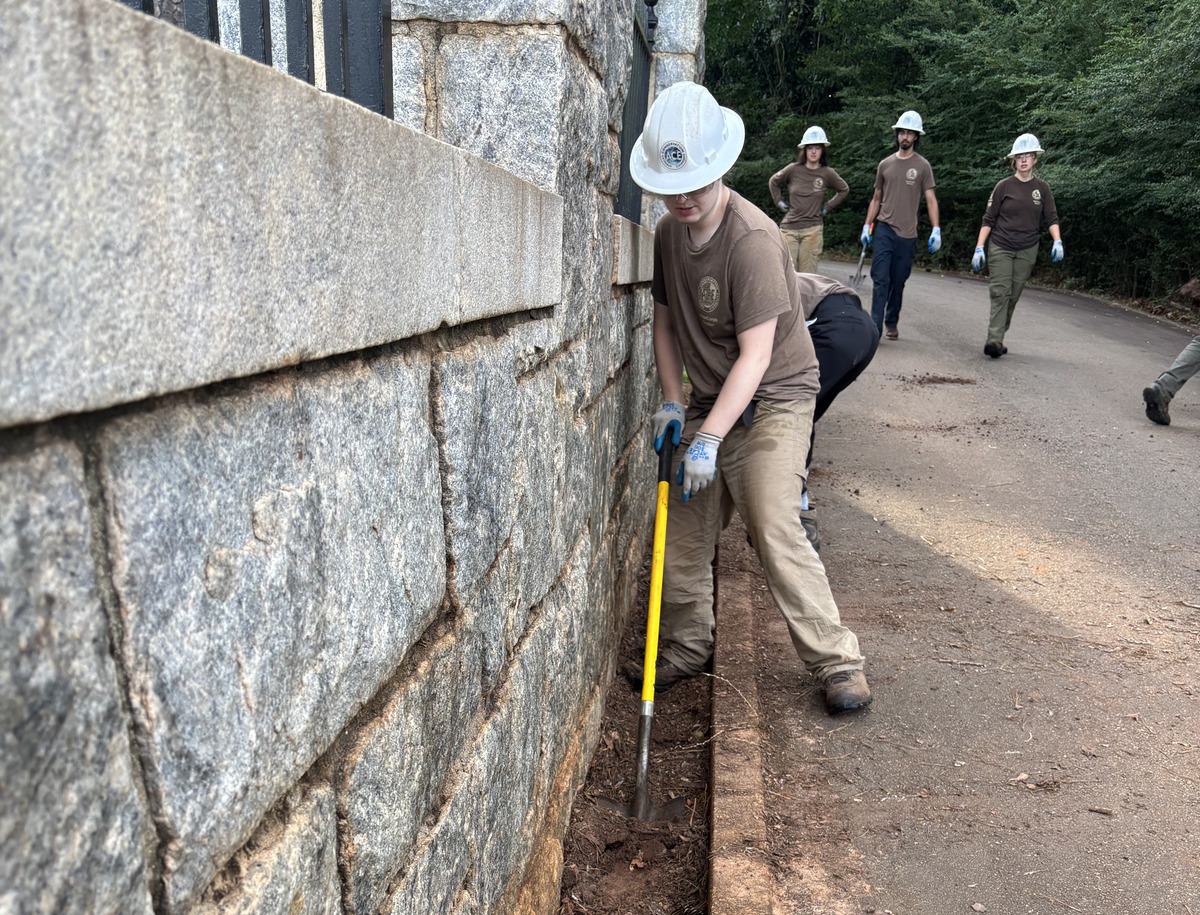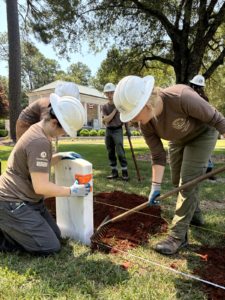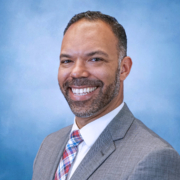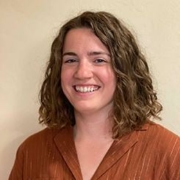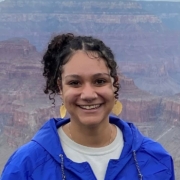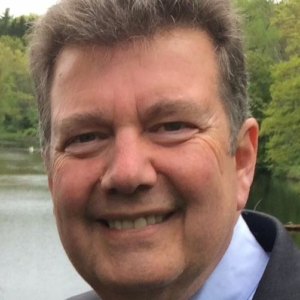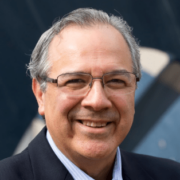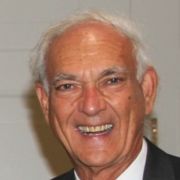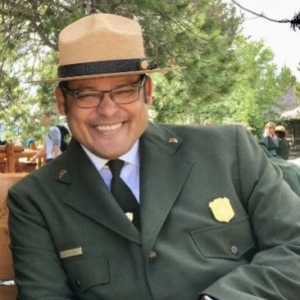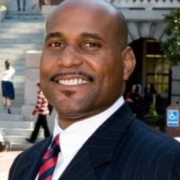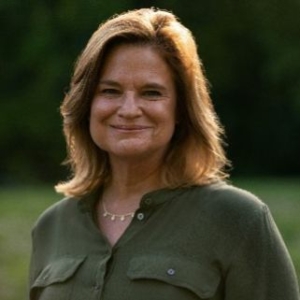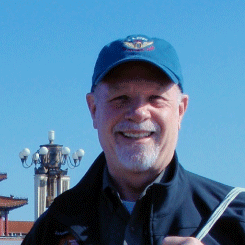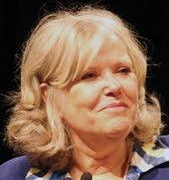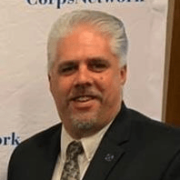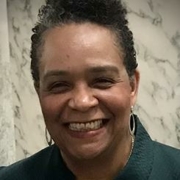By: Emma Fantuzzo
About the CPA Team:
With support from the National Park Foundation, The Corps Network created the Corps Project Assistance (CPA) Team in 2022 to aid the National Park Service (NPS) in scoping and creating cost estimates for facility-related projects at small and medium-size parks across the country. These parks often lack the staff capacity and funding to undertake maintenance work on their own. The projects, which are funded through the Great American Outdoors Act/Legacy Restoration Fund, are meant to be carried out by crews consisting of NPS staff and Service and Conservation Corps members.
The CPA Team has scoped projects across the country, several of which have been completed. Among other locations, the finished work includes historic preservation projects at Camp Nelson National Monument, Andrew Johnson National Historic Site, Abraham Lincoln Birthplace National Historic Park, and Andersonville National Historic Site.
Andersonville National Historic Site is a National Cemetery and Confederate prison camp created during the Civil War. Over 45,000 Union soldiers were imprisoned there during the camp’s existence; its horrific living conditions led to the deaths of nearly 13,000 men. Today, the site serves as both a cemetery for veterans and a reminder of the great sacrifice made by Union troops. Partnering with American Conservation Experience, the site received assistance from several crews for the maintenance and upkeep of this sacred historic resting place.
About the Project:
American Conservation Experience (ACE) worked with Andersonville National Historic Site (ANDE) during late summer and through the end of 2024. ACE sent several crews of six to eight members in eight-day cycles to the site throughout this time. As with many small National Park Service sites, limited staff capacity at ANDE means all help is welcome. During their tenure, Corpsmembers participated in everything from historic preservation and interpretation to helping dig graves for veterans being buried at the site.
Impact on Corpsmembers:
During their service term, crews camped at ANDE in a wooded area. They woke up early each day and began working on tasks the NPS staff needed support with. While the crew noted that sleeping next to a graveyard could be spooky, it also helped them connect with the work they were doing on a deeper level.
Crew leader Jonathan Casado shared that the crew’s day began with meeting the NPS staff at 7:00 a.m.. Corpsmembers learned to use different tools to dig post holes, measure and dig graves uniformly, and—most impactfully for Casado—they learned their limits when it came to working in the heat and gained an appreciation for maintaining respect in a sacred space.
The site had a deep emotional impact on the Corpsmembers who served there. The gravity of what the site represents was felt not only during maintenance and burial preparation but also through interpretive work. Casado’s crew had a unique experience being asked to help reenact the Civil War camp, allowing visitors to better understand the terrible living conditions and treatment of the prisoners who suffered there.
Casado shared that Corpsmembers were outfitted in Civil War-era attire and sat around the encampment where the prisoners had been held. The crew used the clothing they were given for sun protection and had mock food consisting of cornmeal and strips of pork. They started a fire to cook over and experienced firsthand how hard life would be for a prisoner of war. According to Casado, “It put things into perspective. You’re sitting in the heat thinking, ‘Wow, it must have been so much worse back then—at least we can get water.’”
From this experience, Casado believes that Corpsmembers gained a better understanding of the importance of historic preservation. He shared, “Sometimes crews have a difficult time conceptualizing why [historic preservation] is important because a lot of people come in with environmental backgrounds. It’s relevant because it’s our American history.”
Many Corpsmembers who may not have been previously exposed to historic preservation learn new skills, become more interested and connected to history, and may even consider pursuing a career in the field. Working with smaller parks also allows Corpsmembers to form close relationships with park staff.
Impact on the Site:
With smaller staff sizes and ongoing funding cuts, partnerships between parks and Corps are more important than ever. Corps can send in crews to serve as extra hands, allowing staff to focus on other time-sensitive projects. Casado spoke about the bond his crew formed with park staff, even being invited over for gumbo one evening.
He shared, “I’ve been on so many different smaller park projects where they’ve been so forthcoming, offering so much great advice to me and my crew.”
Parks interested in working with Corps should remember to be patient. Crews are often encountering this type of work for the first time, and many members are fresh out of high school and still developing the maturity they’ll gain through Corps experiences. When park staff lead by example and set a positive tone, Corpsmembers become excited about the work and truly value the guidance they receive from staff.
